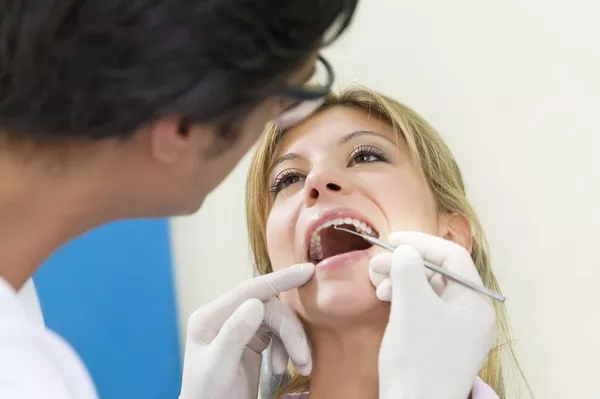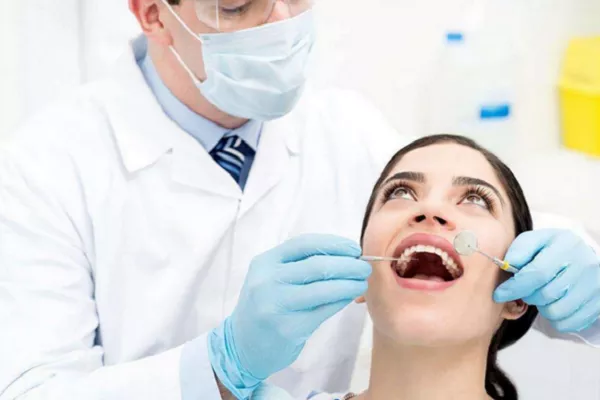In the ever-evolving world of healthcare and financial planning, individuals are constantly seeking ways to optimize their benefits and make wise choices when it comes to orthodontic care. One often overlooked avenue is the use of Flexible Spending Accounts (FSAs) to cover the costs associated with orthodontic treatments. In this comprehensive guide, we will delve into the details of FSA coverage for orthodontics, providing you with valuable insights to make informed decisions about your dental health and financial well-being.
1. Understanding the Basics of FSA Coverage for Orthodontics
To embark on our exploration, it’s crucial to grasp the fundamental concept of Flexible Spending Accounts. FSAs are employer-sponsored benefit plans that allow employees to set aside pre-tax dollars to cover qualified medical expenses, including dental treatments. Orthodontic care, such as braces and other corrective measures, falls under this umbrella, making it an appealing option for individuals looking to manage the financial aspects of their dental health.
1.1 Eligibility Criteria for FSA Coverage
Before delving into the benefits, let’s establish the eligibility criteria for FSA coverage. Generally, orthodontic treatments are covered if they are deemed medically necessary. This includes cases where misalignment or bite issues impact the individual’s overall oral health. It is advisable to consult with your orthodontist and FSA administrator to ensure your specific case meets the necessary requirements.
1.2 Maximizing FSA Contributions for Orthodontic Care
To optimize your FSA for orthodontic expenses, consider maximizing your contributions. The IRS sets annual limits on FSA contributions, and contributing the maximum amount can help you make the most of the tax advantages associated with these accounts. By planning ahead and budgeting for orthodontic treatments, you can strategically allocate funds to cover the costs without putting undue strain on your finances.
2. Navigating Orthodontic Expenses: FSA or Insurance?
With the landscape of dental coverage continually evolving, individuals often face the dilemma of whether to rely on their dental insurance or leverage the benefits of an FSA. Let’s break down the factors that can influence this decision.
2.1 FSA vs. Dental Insurance: Key Differences
While dental insurance typically covers a portion of orthodontic expenses, it may not cover the entire cost. This is where FSAs offer a valuable supplement, allowing you to use pre-tax dollars to cover out-of-pocket expenses. Understanding the nuanced differences between FSA and dental insurance coverage is crucial for making informed financial decisions regarding orthodontic treatments.
2.2 Coordination of Benefits: Making the Most of Both Worlds
For individuals fortunate enough to have both dental insurance and access to an FSA, coordinating these benefits can be a strategic approach. Begin by utilizing dental insurance coverage, and then leverage your FSA to cover any remaining out-of-pocket expenses. This approach helps maximize your overall coverage and minimizes the financial impact of orthodontic care.
3. The Financial Advantages of FSA-Eligible Orthodontic Treatments
Now that we’ve established the groundwork, let’s delve into the tangible financial benefits associated with using FSAs for orthodontic treatments.
3.1 Tax Savings and Orthodontic Expenses
One of the primary advantages of utilizing an FSA for orthodontics is the potential for significant tax savings. By contributing to your FSA with pre-tax dollars, you effectively reduce your taxable income, resulting in lower overall tax liability. This financial incentive underscores the importance of strategic FSA planning to maximize your savings.
3.2 FSA Reimbursement Process: A Seamless Experience
FSA reimbursement for orthodontic expenses is typically a straightforward process. Keep meticulous records of your orthodontic bills and submit reimbursement claims to your FSA administrator. This streamlined procedure ensures a seamless experience, allowing you to focus on your dental health without unnecessary financial stress.
4. Planning Ahead: Tips for Effectively Utilizing FSA for Orthodontics
As with any financial strategy, planning ahead is key to reaping the full benefits of FSA coverage for orthodontic care. Here are some practical tips to guide you in making informed decisions.
4.1 Consultation with Orthodontic and FSA Professionals
Before embarking on your orthodontic journey, seek consultations with both your orthodontic professional and FSA administrator. This collaborative approach ensures a comprehensive understanding of your orthodontic needs and the specific FSA guidelines relevant to your situation.
4.2 Budgeting for Orthodontic Expenses
Create a realistic budget that accounts for orthodontic expenses. By aligning your budget with your FSA contributions, you can strategically plan for the financial aspects of orthodontic care. This proactive approach prevents unforeseen financial burdens and allows you to confidently pursue the orthodontic treatment you need.
In conclusion, the intersection of orthodontic care and Flexible Spending Accounts presents a promising avenue for individuals seeking financial efficiency in managing their dental health. By understanding the eligibility criteria, coordinating benefits, and leveraging the tax advantages of FSAs, you can navigate the financial landscape of orthodontic treatments with confidence. Remember, a proactive and informed approach to utilizing FSAs for orthodontics not only supports your oral health but also contributes to your overall financial well-being.
Related Links:
How does invisible aligners work?
How to fix overbite teeth at home?
Why do my teeth click when i push on them?
































